Click below to listen to my 2 min. Garden Bite radio show: Japanese Hops
Audio PlayerJapanese hops don’t produce the brew many folks love. And they’re invasive, and they’ve been found along the Root River in Minnesota. Wisconsin has them too. This isn’t new information…. unfortunately it’s MORE information on the fact that they’re spreading…
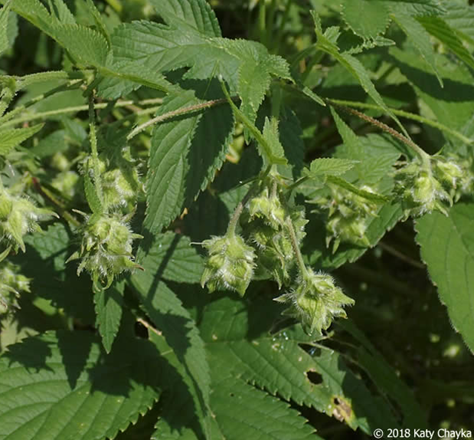
Japanese hops are herbaceous, annual vines native to eastern Asia that can grow up to 35 feet in a single growing season. With this explosive growth, the vines smother native vegetation and even grow into trees.
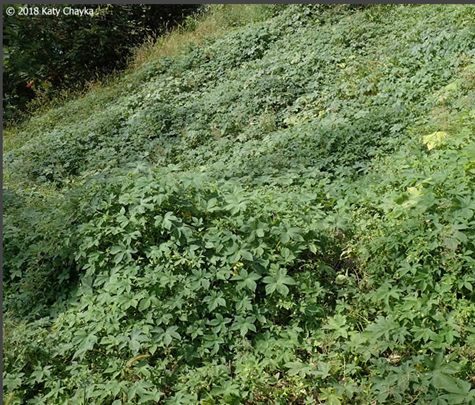
Leaves are approximately 2-6 inches long and have at least 5 lobes that are palmately arranged (shaped like a hand with the fingers extended).
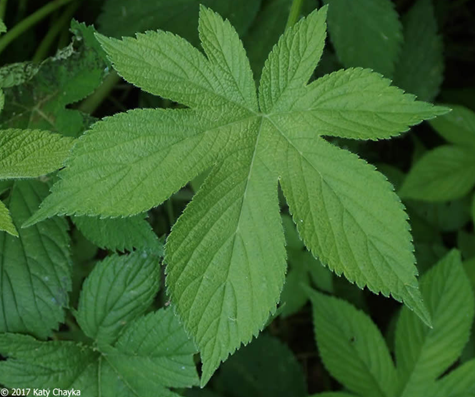
There are separate male and female plants that are beginning to flower this time of year. Seed production then follows.
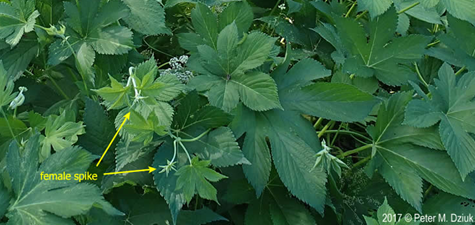
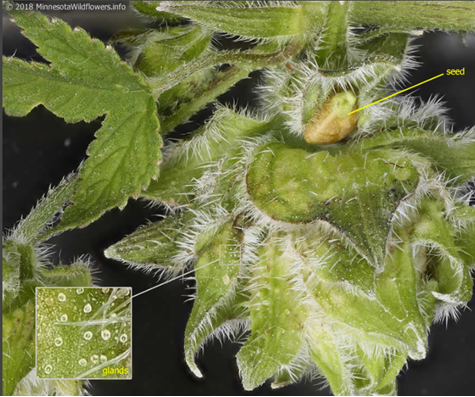
These hops are an ecological threat to our floodplains, stream banks and lakeshores. Seeds can disperse via waterways.

There are native hops to the Upper midwest. Common hops (H. lupulus) is similar but has more rounded leaves with 0-5 lobes and is perennial.
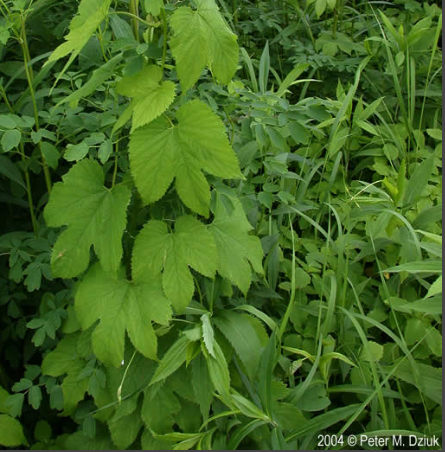
Sometimes bur cucumber (Sicyos angulatus) and wild cucumber (Echinocystis lobata) are mistaken for Japanese hops, but can be distinguished because they do not have hooked, downward-pointing hairs on the leaves and stems and have tendrils on the stem.
So far, Minnesota doesn’t know how the noxious vine got to Minnesota but there are certainly multiple ways. The priority right now is to find them and work to get rid of them. The MDA is working with landowners and CCM to control hops on private lands.
Management information from Univ. of Wis. ext. on Japanese hops
